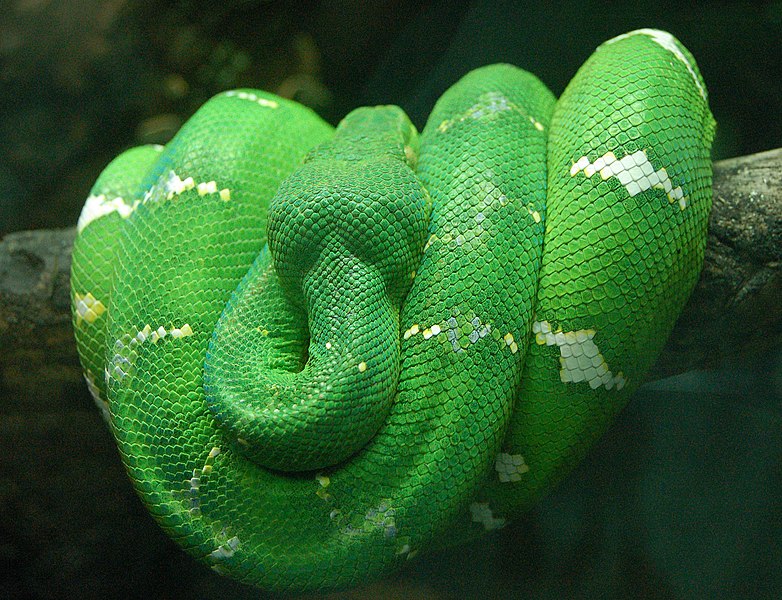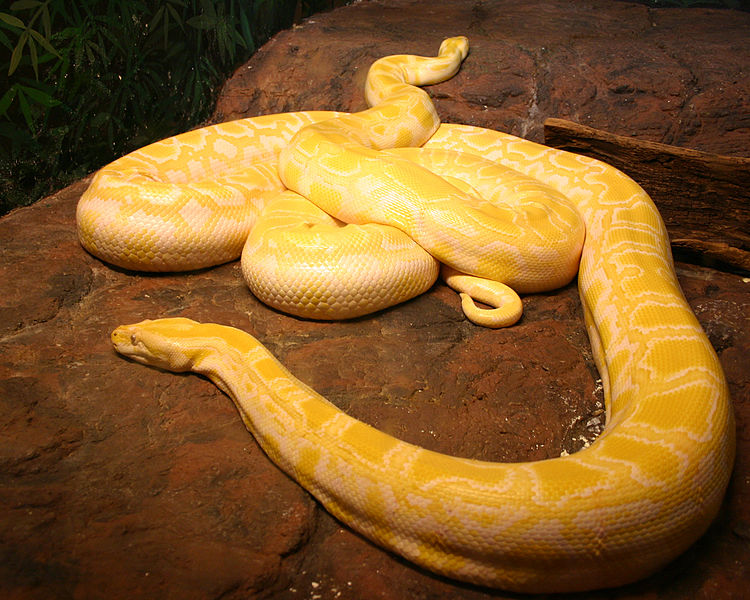
27th May 2012
|
 |
Ceriwis Addicted
|
|
Join Date: May 2012
Posts: 3,992
Rep Power: 19
|
|
 Indahnya Ular ber-Warna-Warni
Indahnya Ular ber-Warna-Warni
Welcome To My Thread
bukti no repsol
[/spoiler]
Spoiler for open this:
for cek:

[/quote]
Quote:
1. Brazilian Rainbow Boa

Spoiler for open this:
Quote:
2. Emerald Tree Boa

Spoiler for open this:
Quote:
3. Green Vine Snake

Spoiler for open this:
Quote:
4. Albino Burmese Python

Spoiler for open this:
Quote:
5. Nelson�s Milksnake

Spoiler for open this:
Quote:
6. Mexican Milk Snake

Spoiler for open this:
Quote:
7. Red Rat Snake

Spoiler for open this:
Quote:
8. Morelia spilota

Quote:
Spoiler for open this:
for info:
Morelia spilota spilota is a subspecies of carpet python (Morelia spilota), popularly known as the Diamond Python. It is a medium to large snake, found in coastal areas and adjacent ranges of south-eastern Australia. They are the most southerly occurring python in the world and are also found at higher altitudes than any other species of Australian python.
They are quite variable in colour and pattern, typically being predominantly dark olive to black in colour with most dorsal scales having a yellow (or cream) spot in the centre (hence 'spilota' meaning spotted). Along the body and tail are numerous clusters of yellow/cream scales that form 'rosettes' that look a bit like diamonds (hence their common name). The underside is white, cream or even yellowish in colour, although it is often spotted with black.
The average adult size of this subspecies is usually about 2 metres in length, although they are known to reach maximum lengths of about 3 metres, with very rare specimens recorded at up to 4 metres.
They are oviparous snakes, averaging 25 eggs in a clutch and laying up to 54 eggs. The female will defend her eggs by coiling around them and 'shivering' to regulate their temperature. She will not leave the eggs to eat during the incubation period, apart from briefly basking in the sun to raise her body temperature and then returning. Maternal care does not continue once the young have emerged. Juveniles resemble other Morelia spilota, although they become more distinct in their appearance as they mature.
Spoiler for open this:
Quote:
9. Iridescent Shieldtail

[spoiler=open this] for info:
Bitis nasicornis is a venomous viper species found in the forests of West and Central Africa.[1] A big viper known for its striking color pattern and prominent horns on its nose.[3] No subspecies are recognized.[4]
cukup sekian dari ane, kalo trit nya rame ntar bakal ane update
jgn lupa 
kalo berkenan bagi  nya dong
|